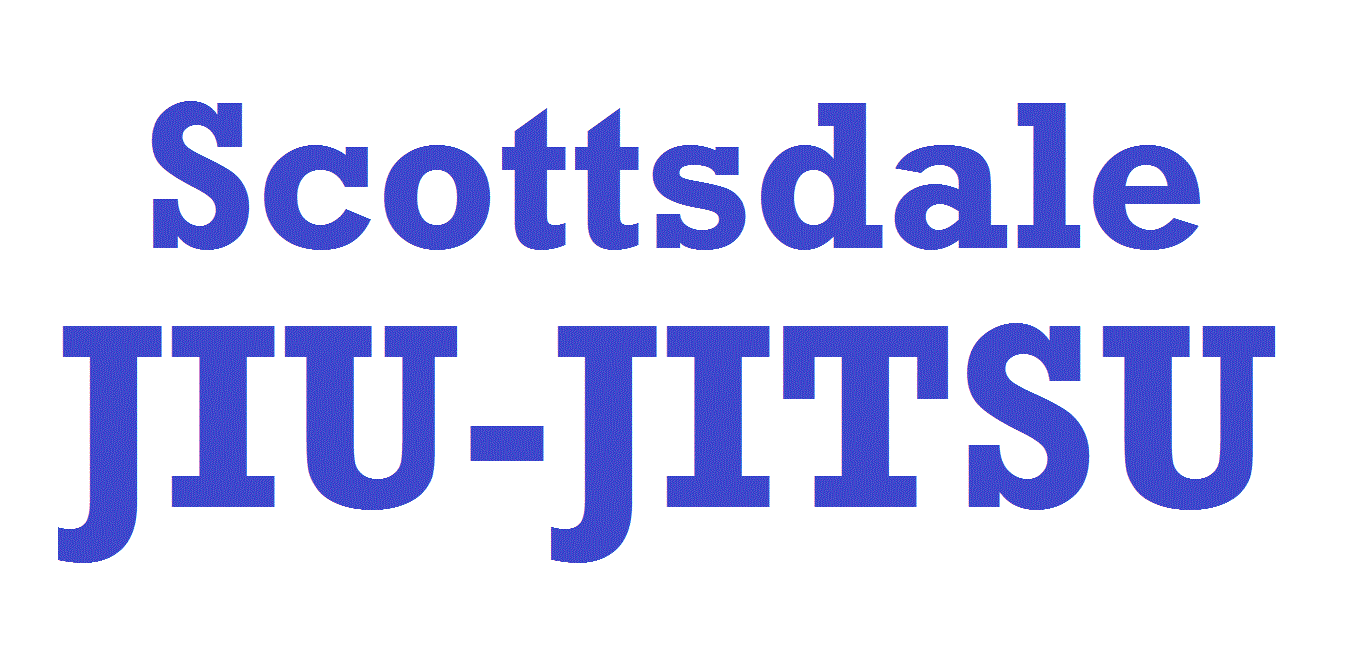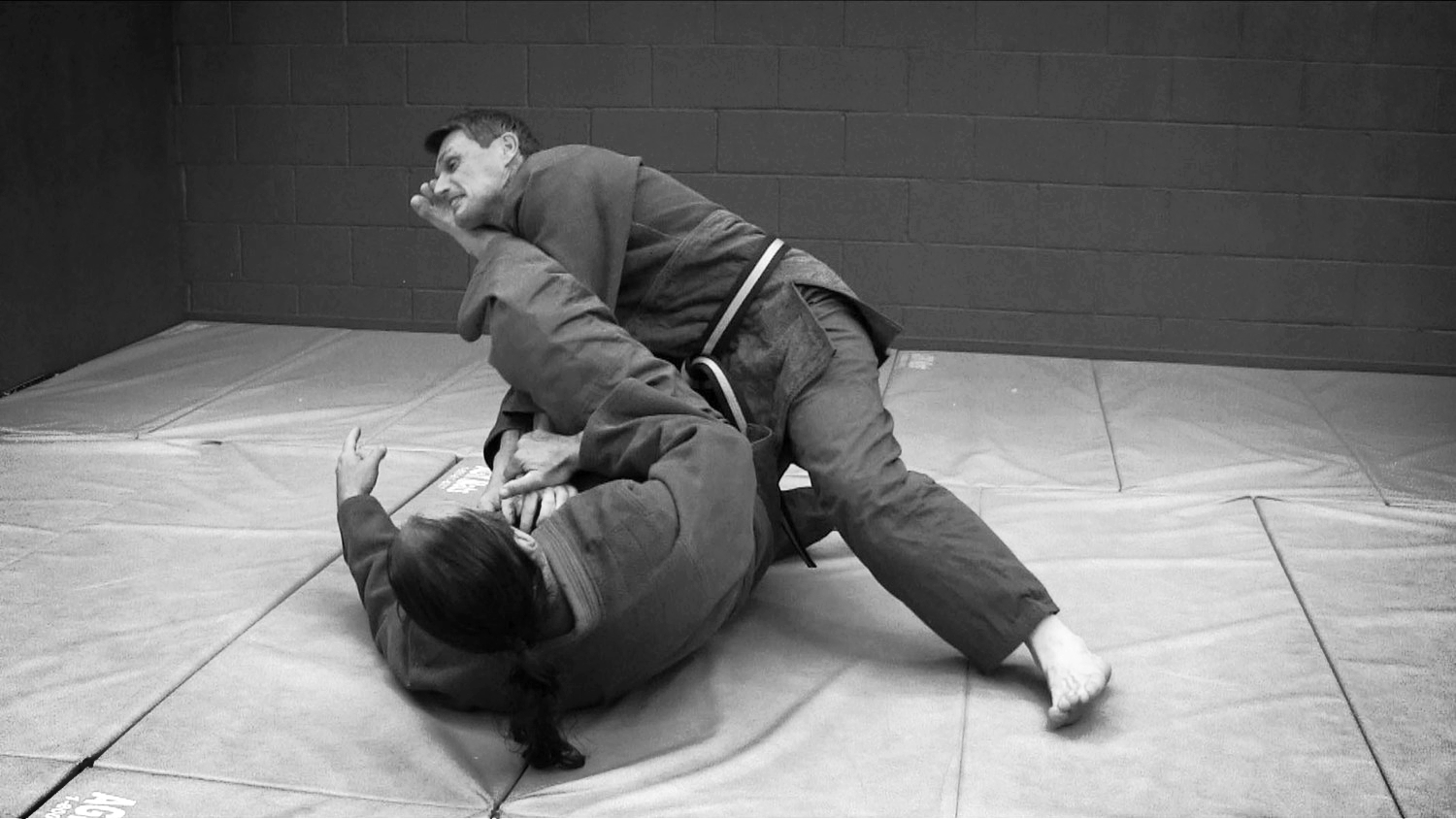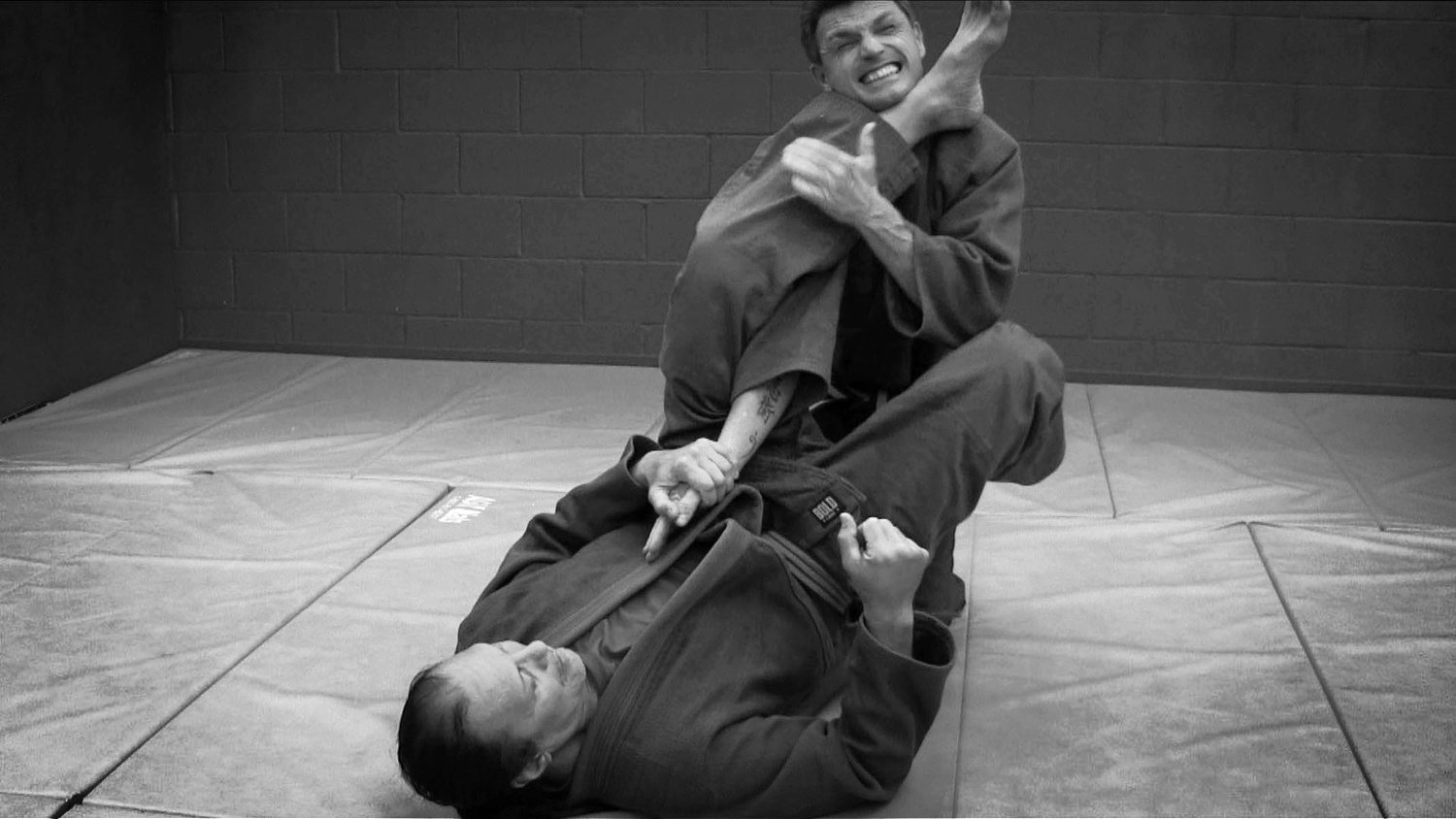THE SAITO JUJITSU EDGE
What makes our teaching ahead of the rest? What is this Saito Jujitsu Edge? What made Brazilian Jiu-Jitsu and Gracie Jiu-Jitsu succeed? The Japanese legacy that Mitsuyo Maeda introduced to Brazil and to Carlos Gracie, now more than ever, matters significantly to the further development of Jiu-Jitsu and Mixed Martial Arts success in competition and real world fighting. What was tapped and developed to be called Brazilian Jiu-Jitsu from Japanese Jujitsu /Judo (weaponless fighting) was special focus placed keenly on excelling in the ground work phasesof Japanese Jujitsu (newaza). Unprecedented success and popularity took over the world, but in order to continue with greater success on the mat and in the ring, against ever equally educated foes in the sports, those involved must continue introducing elements that have gone unused to gain advantage against today's opponent - in order to win now and in the future. To gain the edge is to win! Success will depend on attaining a far greater extent of skill and knowledge. How does Scottsdale Jiu-Jitsu instill that edge? How is Saito Jujitsu the key?
Grand Master Maui Saito
Grand Master Maui Saito is one of the very few great masters of martial arts left in the world today who was taught the art in it's full and complete form in direct line of decent, with all the knowledge that was originally contained in the art still intact from before the peaceful Edo era and restrictive Meiji era when Japan was rife with war.
The lack of masters able to teach actual battle tested martial arts is due directly to the effect of a period of time in Japanese history when the Japanese government placed severe restrictions on the practicing and teaching of martial arts in all their most dangerous and deadly forms.
“The Meiji government (1868-1912) sought to re-establish imperial power and discredited many of the things associated with the samurai. Jujutsu (Jujitsu) was suppressed, and an imperial edict by Emperor Meiji declared it a criminal offense to practice the old-style combative martial arts. Some jujutsu masters practiced surreptitiously or traveled abroad to teach, but most schools were completely lost or subsumed into more “modern” martial arts like judo. In the war era, the government lifted the ban to promote jujutsu (sport version) for nationalistic aims (Levinson, Christensen, pg. 212).”
After the Meiji Restoration and edict, those families that taught their art did so in secrecy. Today there are probably only a few martial art masters left in the world who received the full training that their ancestors had honed to a science through for literally 2 Millennia of Japanese warring history. Master Maui Saito is one of the lucky ones in the world to have had this privilege.
The Great Grand Master Mark Saito, Sr.
The Great Grand Master Mark Saito, Grand Master Maui Saito's father, just before his death, gave his son, Grand Master Maui Saito, permission to teach the art officially, and publicly spread their family art throughout the world for the first time, with the ultimate intent to preserve the art in its full form that had once been secretly and guardedly held.
Those students who become Grand Master Maui's students are an advantaged and privileged group. It is important to remember that the jujitsu / judo that the often called father of Brazilian Jiu-Jitsu, Mitsuyo Maeda, learned from the Japanese Master, Kano Jigaro, was an art that did not contain all the teachings and nuances that the preceding and original vast jujitsu arts had contained, because these martial arts were not allowed to be handed down in their full form. Yet regardless, the art Mistuyo Maeda brought to Brazil, and the portions that the Gracie's put emphasis on, were so effective that any lack thereof made no difference in it's achievement of success. This fact is amazing in itself - that the art, despite much missing, could succeed, as it has, is a definite compliment to the wisdom of Kano who had to decided which aspects of the art to choose and which to discard. However, the arts were eventually no longer restricted by the government of Japan and there are still some masters alive today that can teach the missing parts of the martial arts as they were once taught.
Those that wish to excel in Brazilian Jiu-Jitsu and Mixed Martial Arts sports, or those that wish to defend their families, or win in a real life fight, now have the chance to learn the elements and the real art that has been missing in Jiu-Jitsu and combative martial arts today by putting into their training the aspects of the martial art that history has nearly lost.
Interestingly, some Japanese martial arts for close combat were intended for battling those in heavy armor with weapons, while others arts evolved combative techniques designed to defeat an opponent in close quarters with or without armor, possessing a weapon or not, but without the same benefit of either defense against the opponent. In a certain part of Japan's history those who were not samurai class were forbidden to possess weapons and these classed were often taken advantage of by marauding ronin (samurai with no master) or various vying warlords and their samurai. This created a void, filled by the development of combative techniques practiced in secrecy.
Much of the history of these secret jujitsu type of arts (and those arts using weapons) are still being brought to light by historians. It is through Master Maui Saito that these "lost" aspects of the martial arts are still very much alive, deadly effective, and seriously competitive. The lost elements are brought full circle to achieve greater success in MMA and the sport of Brazilian Jiu-Jitsu today, and for the future. Again,: the art also provides the very real advantage in life-threatening street fighting, to protect your family, or save lives in the various branches of law enforcement and military. This is not just a sport - It's a way of life!
Read more about Grand Master Maui Here
Train at Scottsdale Jiu-Jitsu to Win.
Join our family. You will enjoy every minute.
Try us out for a Week FREE!
Jigaro Kano -The founder of Judo from Jujitsu and Mitsuyo Maeda's teacher
Old Japanese print - depicting Jujitsu techniques
Jujitsu Kanji
Mitsuyo Maeda - Often called the father of Brazilian Jiu-Jitsu and Carlos Gracie's teacher.
The "Kimura" shown above is the Gayaku Ude-Garami (Reverse Arm Entanglement in Japanese Judo). It is applied on Hélio Gracie by Masahiko Kimura. After this fight the armlock is often referred to as the "Kimura". The arm is twisted unusually far because Gracie refused to submit.
Armlocks, chokes, their reversals and escapes must be mastered to achieve ultimate dominance over your opponent to win. From Jiu-Jitsu to MMA, fight after fight is won by the practitioner's greater skill at using Jujitsu's key to submission. This video (see our MMA page also) shows Ronda Rousey winning over and over, again and again, by even the simple mastering and excelling at just one type of arm lock. We teach you ALL of them and more - everything you need to win.




















